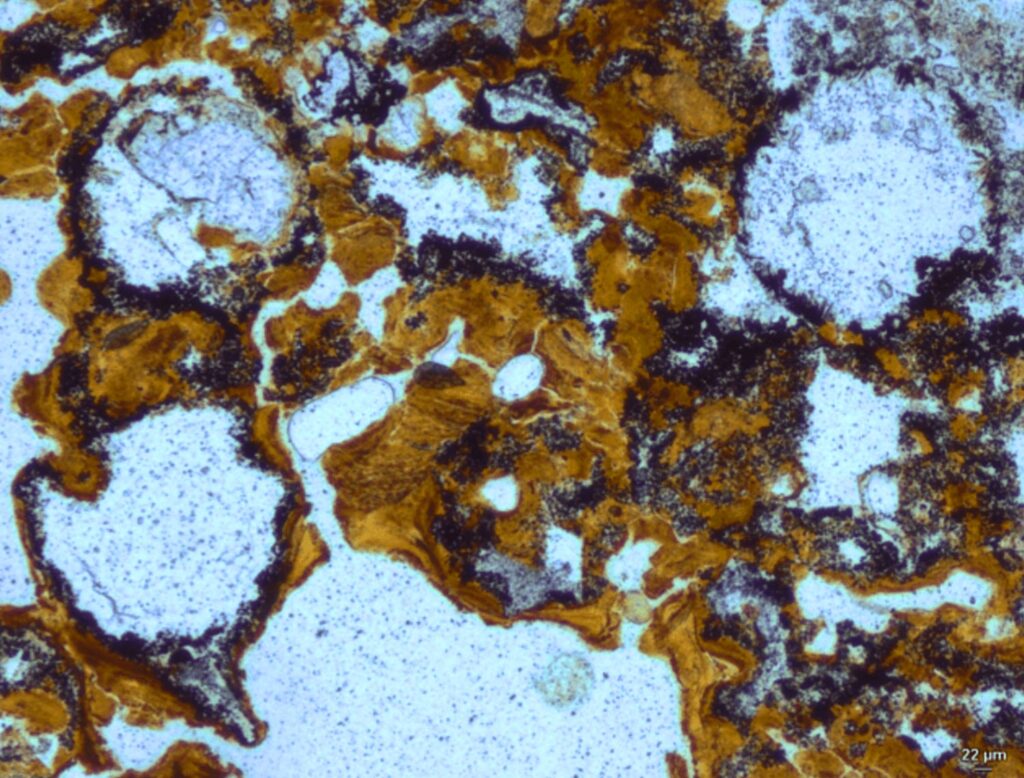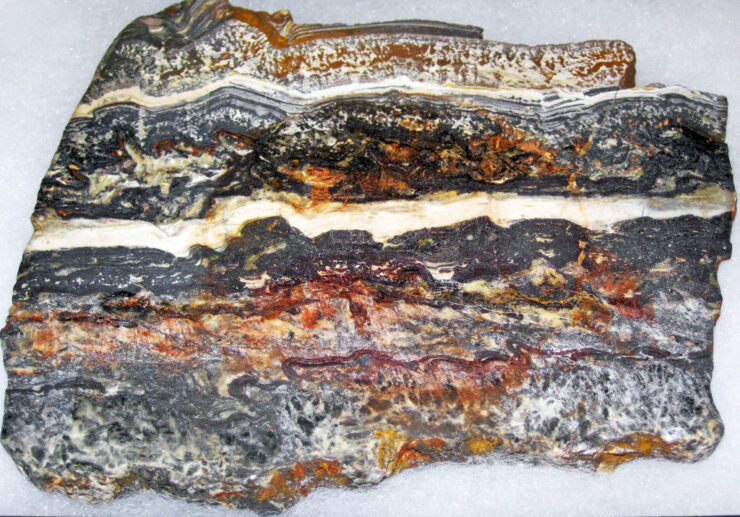The earliest morphological signs of life on Earth are frequently strongly contested since non-biological processes can often result in relatively similar structures and because such fossils were frequently subject to advanced modification and metamorphism. Stromatolites have long been recognized as important macrofossils for identifying life in ancient sedimentary rocks. However, the biological origin of ancient stromatolites has been frequently contested. Stromatolites are layered organo-sedimentary structures that reflect complex interactions between microbial communities and their environment.
According to Nature World News, a team led by Dr. Keyron Hickman-Lewis of the Natural History Museum in London used optical and electron microscopy, elemental geochemistry, Raman spectroscopy, laboratory- and synchrotron-based tomography to identify numerous characteristics suggestive of a biological origin despite the fact that these stromatolites have undergone severe diagenesis and weathering and contain no organic materials.
Along with completing 3D stromatolitic macrotomography in the lab, the team was also successful in obtaining the first sub-micron pixel and voxel sizes for imaging Precambrian stromatolite microstructures at the Elettra Synchrotron, Trieste, Italy, utilizing the SYRMEP beamline. This made it possible to identify non-uniform layer morphologies and void regions created by the degassing of decomposing organic material.
Stromatolites from the Dresser Formation have mainly been replaced by hematite as a result of recent weathering (iron oxide). This prevents organic geochemical investigations, yet the composition is crucial in the hunt for life on Mars. Sedimentary rocks on Mars’ surface have also undergone comparable ubiquitous oxidation, and their upper centimeters to meters are primarily composed of iron oxides. In this light, the stromatolites from the Dresser Formation could be particularly useful materials to inform us about the particular type of biosignature preservation anticipated on Mars. We should search for morphological manifestations of life similar to those found in the Dresser Formation as the Mars 2020 Perseverance rover explores Jezero crater and get ready for sophisticated multi-technique investigations when Martian materials are brought back to Earth.
Stromatolites, the oldest living organisms on Earth
The world’s oldest living organisms are stromatolites, which are living fossils. The words stroma, which means “mattress,” and lithos, which means “rock,” are the origins of the term. The term “layered rock” literally refers to stromatolite. These prehistoric rocks go back seventy-five percent to the formation of the Solar System.



A citizen scientist claims that stromatolites are rocky formations created by colonies of the tiny cyanobacterial photosynthesizers. In shallow water, bacteria grew on top of the sediment layers, binding the sedimentary particles and accumulating millimeter layers on top of one another until the layers became mounds. Their most significant contribution to Earth’s history came with the establishment of their empire.
They created and raised the oxygen concentration of the Earth’s atmosphere to roughly 20% using the sun as a source of energy, kissing all that was to come to life. On Earth, stromatolites are only found in a few number of saltwater bays or lagoons. Western Australia has a variety of sites with both live and petrified stromatolites that are notable internationally.
The Pilbara region, roughly 1,000 kilometers north of Marble Bar, has produced fossils of the earliest known stromatolites, which date back to about 3.5 billion years. It is astounding to think that, given that Earth is thought to be 4.5 billion years old, we can still see what the earth looked like as the continents were developing.
